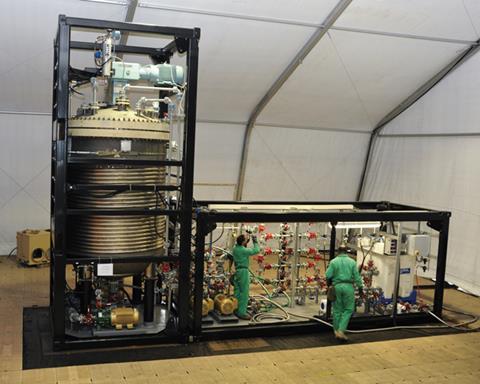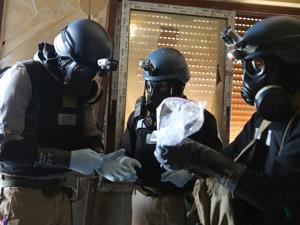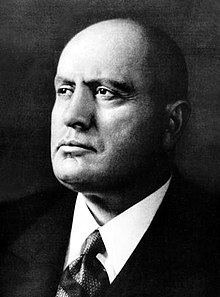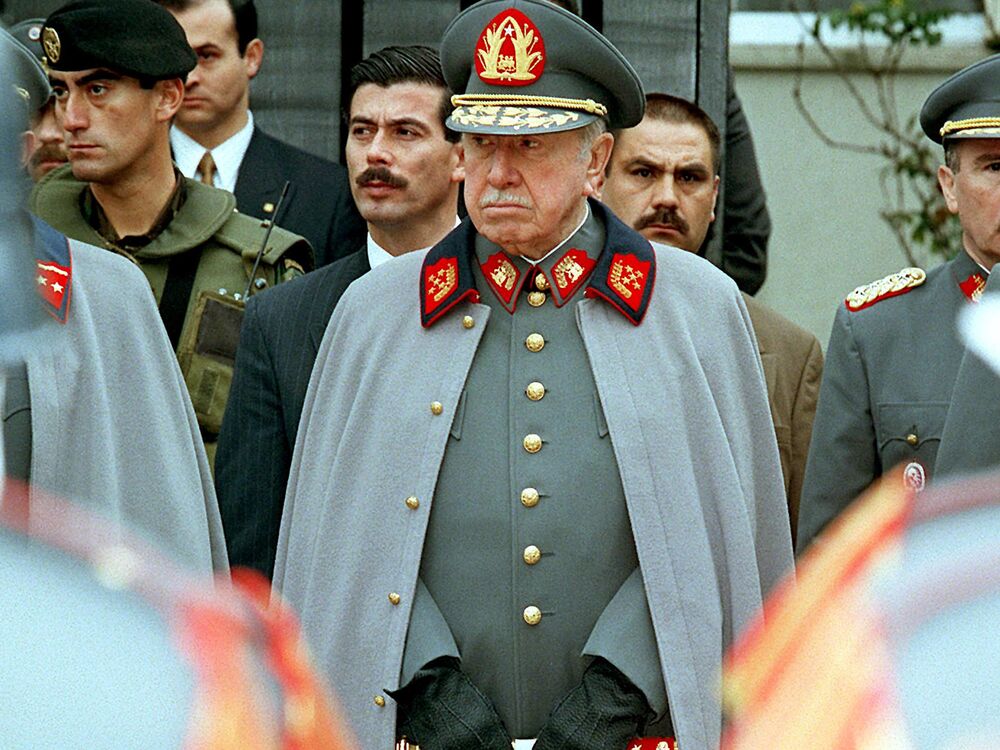
In his presidential memoir A PROMISED LAND Barack Obama does not reveal much about his thinking when it came to events in Syria other than that “our options were painfully limited…and Assad could count on Russia to veto any efforts we might make to impose international sanctions through the U.N. Security Council.” This was the conundrum the US faced as it approached how to deal with the slaughter that was Syria since the Arab spring in 2011; a president who was seemingly obsessed with the fear Washington could be drawn into another war in the Middle East, and who if any of the rebel groups the US could rely on and not face blowback if Assad were overthrown. Eventually President Obama announced his “red line” warning that if Assad continued to employ nerve agents in the Syrian civil war it would be a game changer for the US. The warning that was issued on August 20, 2012 did not deter Assad and the American response was marginal at best. With twenty-twenty hindsight this was one of the worst decisions the Obama administration made in relation to the carnage that was Syria and its results have been catastrophic. In Obama’s defense had the US bombed Syria and taken out most of Assad’s chemical weapons would it have altered the war – we will never know. The decision-making surrounding American “red line” policy its impact, and the attempt to destroy Assad’s chemical “stash” throughout 2014 is the subject of an informative new book RED LINE: THE UNRAVELING OF SYRIA AND AMERICA’S RACE TO DESTROY THE MOST DANGEROUS ARSENAL IN THE WORLD by Pulitzer Prize winning Washington Post reporter Joby Warrick which takes a microscope to American decision-making and the diplomatic and military policies pursued to try and obviate the horrors that the Assad regime was perpetrating.
Warrick’s effort is more than a narrative history of events sprinkled with keen analysis of the players and policies involved, but more a true to life thriller with a cast of characters that includes world leaders, physicians, weapons hunters, spies, and a number of heroes and villains. Warrick’s account begins with the introduction of a CIA spy whose nomenclature was Ayman, “the chemist,” a Syrian scientist who informed his handlers that Damascus had constructed an efficient manufacturing center with a network of laboratories that had produced 1300-1500 tons of binary sarin, VX, and mustard gas. Warrick lays out the issue of nerve agents produced by Syria and its implication for US policy makers. The author’s approach is methodical as he examines all areas that impacted the Syrian weapons cache and what the US should and could do to mitigate the problem. Once Assad employed nerve agents dropping three canisters on the city of Sarageb held by rebels who fought for overthrowing the Syrian regime on April 29, 2013, President Obama response had done little to deter Damascus.

By 2012 Syria had become the most dangerous place on earth and after the April 2013 attack the US and the UN began to work on providing evidence for Assad’s WMD crimes. Warrick introduces a series of important characters into the narrative who are pivotal to his story. UN Team Leader Ake Sellstrom, who had experience hunting WMD in Iraq in the 1990s was sent to Syria and found evidence that military grade sarin gas had been used. The list includes Andrew C. Weber, the Pentagon’s Assistant Secretary for Nuclear, Chemical, and Biological Defense Programs who feared that should Assad be overthrown his 1300 nerve agents could fall into the hands of the al Nusra Front and its ally al-Qaeda in Iraq (which would soon morph into the Islamic State). Timothy Blades, an ingenious individual who headed the US Civilian Chemical Biological Application and Risk Reduction team developed a process referred to as “hydrolysis” and the machinery to carry out the task of breaking down and making Assad’s nerve agents inert should the US come into possession of them. Dr. Houssam Alnahhas, also known as “Chemical Hazem,” as he prepared areas of Syria for possible chemical attacks and worked to save victims of those attacks. Samantha Powers, the US Ambassador to the United Nations who worked tirelessly to hold Assad responsible for the atrocities he ordered but she was up against Russian and Chinese vetoes, but her work cannot be ignored as she was able to create the Joint Investigative Mechanism (JIM) under the auspices of the Organization for the Prohibition of Chemical weapons headquartered in the Hague. By 2017 JIM’s work continued as it investigated another Syrian nerve strike against the town of Khan Sheikhoun. Lastly, Brett McGurk, the special presidential envoy for the global coalition to counter ISIS. McGurk was the last American official to witness the Syrian conflict in its entirety,” from the earliest pro-democracy uprisings through the rise of ISIS; from the regime’s first experimental use of sarin to the dramatic; if incomplete, mission to destroy Syria’s stockpile; from the hopeful declaration that ‘Assad must go’ to the despairing reality of an entrenched Syrian dictatorship propped up by Russian and Iranian protector’s intent on reshaping the region in their own image.” (303) There are many other important players in the narrative, many of which must be given credit for the eventual destruction of much of Assad’s nerve WMD, and those who were a hinderance and supported Assad outright.
Warrick description of a UN investigation led by Sellstrom and Scott Cairns his Canadian Deputy reflected Syrian obstructionism. However, while in Damascus their group witnessed the results of a chemical attack that killed at least 1400 in the Ghouta suburbs. Warrick’s connections and knowledge allowed him to describe in detail the components of the WMD, its impact on the civilian population, Syrian governments obfuscation, and what the world was prepared to do about what was occurring in Syria. Everyone points to the Obama administration for its almost “feckless” response to Assad’s actions. Warrick correctly points out that the Obama administration in part placed itself in a bind in its response. Obama, keen to avoid a major military commitment in the Middle East decided that he needed Congressional approval for any military response. After the events in Iraq and Afghanistan since 2001 there was little or no support in Congress. Further, Germany’s Angela Merkel warned Obama that the US should not act and wait until the UN investigation had run its course. In England, Prime Minister David Cameron could not convince Parliament to support military action, and lastly many feared what could happen to the UN team still in Syria. Facing congressional humiliation Obama was saved in part by the Russians who agreed to force Assad to turn over his nerve agents to UN authorities.

(UN chemical weapons experts will use a battery of analytical techniques)
Warrick clearly explains how the deal came about and its implications for the future. The Russians would go along with practically everything assuming that Blades’ “Margarita Machine” was a fantasy that could only fail thereby embarrassing the US. Warrick’s account of how the “Blades’ Machine” was built, tested, and deployed is well conceived and easy to understand. He follows the politics behind the strategy, the actual obstacles overcome particularly those set by the Syrians, and its ultimate deployment. This section of the book is perhaps the most important for the reader as Warrick builds the tension as if writing a novel that in the end would produce a mission at sea where the machines were bolted to the decks of the ship Cape Ray, deployed to the Mediterranean Sea to receive the nerve agents from the Syrian port of Latakia, run the nerve agents through Blades’ process, and then deliver the waste to cooperating countries. Warrick employs a reporter’s eye to describe the political difficulties, delays, and roadblocks on the ground as the UN Mission tried to secure the nerve agents and even after the mission was a success one wonders how it was achieved. For Blades and others, it came down to ingenuity, sheer guts, and a great deal of luck.
The entire process became a race to keep the nerve agents out of Islamist hands. This became an even greater problem when on July 14, 2014, the day the ship sailed into the Mediterranean, Abu Bakr al-Baghdadi announced from Mosul the creation of the Islamic Caliphate that stretched from Raqqa its capital in Central Syria deep into Iraq. ISIS would miss out on Assad’s nerve agents, but began a developing a process of their own, particularly when Assad set the example by dropping barrel bombs loaded with chlorine gas which is less toxic than sarin on his subjects.

Graeme Wood is dead on when he writes in the February 19, 2021 edition of the Washington Post: “Overwhelmingly, Warrick’s emphasis is where it should be, on Assad, for whom chemical weapons were a highly developed and strategic program of terror. “Syrians died every day from bullets, blast wounds, and shrapnel injuries,” Warrick writes, “but to exterminate human beings with chemicals, as though they were fleas and cockroaches” — this was “a different order of savagery.” Lacking any legitimate military purpose, Assad’s chemical weapons existed to terrorize civilian populations by killing as indiscriminately as possible. Eliminating his arsenal was therefore a top international priority.”
It is clear today that the Syrian Civil War continues to torture millions of Syrians in Syria and in refugee camps in the Middle East and Turkey. While the US concentrated on ISIS for the next two years its policies would allow Russia and Hezbollah, Syria’s Iranian ally to route many of the rebels and keep Assad in power. According to Warrick Assad would engage in over 300 chemical attacks over the next four years. It does not take a serious imagination to believe that Assad, who turned over tons of nerve agents to the UN kept a secret stash somewhere. Once the Trump administration came aboard and abruptly ended aid to the rebels and abandoned our Kurdish allies to be destroyed by Turkish President Recep Tayyip Erdoğanit it was obvious that Putin had won and Iran’s goal of a “land bridge” across the Levant was in reach – Assad had won.

Warrick is to be commended for his research, clear and thoughtful writing, and describing for all to see what the truth is concerning Assad’s nerve gas war on his own people. Perhaps someday he and his enablers will be held accountable by the world community – but I doubt it.
















/https://public-media.si-cdn.com/filer/19/30/19309dcd-aed9-42e9-bbde-2ec4f15a2f3d/berlin-_the_capture_and_aftermath_of_war_1945-1947_c5284.jpg)

/https://public-media.si-cdn.com/filer/dc/54/dc542e05-04c7-4af3-9dd0-adddcf56dff9/heinrich_himmler.jpg)






